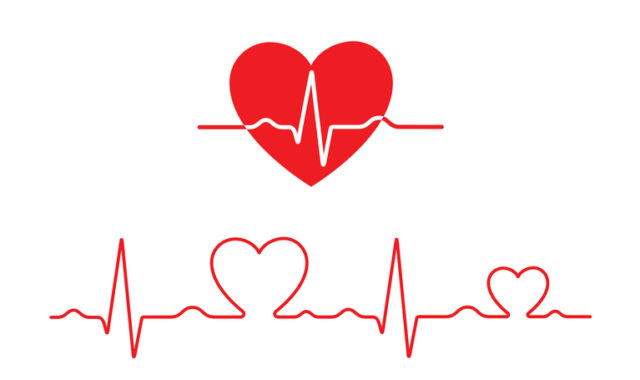
Modern medicine has made unimaginable strides in improving the quality of care and the speed at which new medical interventions can be developed – recent examples include the almost unbelievable rapidity with which both tests for, and vaccines against, Covid-19 became available. Yet apparently groundbreaking medical advances do not always translate into tangible improvements in patient outcomes. So, why should that be? Let’s consider the recent example of a study from the Journal of the American Medical Association Open Network that shows mortality from heart disease and stroke in the US rose 10% in eight years from 2011 to 2019. Given all the improvements in cardiovascular care, including improved interventional and pharmacological treatments, this is disappointing — but not altogether surprising.
I have attended many conferences where discussions often center around the minutiae of improvements to devices and technique for procedures such as coronary angioplasty & stenting. Again, like my colleagues, I have marveled at our ability to continually improve the efficacy of these treatments, gaining additional percentage points in terms of success rates and projected outcomes – and yet, time and again, these advances most often benefit patients who can already access care. A better coronary artery stent cannot help a patient who cannot afford it, does not know they need it, doesn’t have a doctor who can make a diagnosis and identify that need, or even doesn’t know how to access healthcare services. To help these patients, we urgently need to look at health equity.
How health equity can mitigate deaths from heart disease
There is no global healthcare system that is truly equal for everybody, although the relevance and magnitude of health inequity varies from geography to geography. In the US, the world’s largest economy, the impact of health inequalities are visible across the field, from lack of access to specialty care in rural regions to higher maternal mortality rates for Black women, to the disproportionate impact of Covid on communities of color. The JAMA study also reports an increase in deaths from heart disease among disadvantaged groups from 2019 to 2020. This is also mirrored in other contemporary reports, adding to the burgeoning data on the importance of social determinants of health (SDOH), highlighting the multitude of social factors, including economic stability, access to healthcare, food and education or racial/ethnic group, that can adversely impact a patient’s health.
In order to make some headway towards health equity and improvements in patient outcomes for heart disease, we must try to address, or at least consider such SDOH. The kind of technical procedural advances mentioned above pale into insignificance when considering the potential benefits of addressing these bigger-picture issues. The kind of mitigation efforts will vary by patient and region, but practices could include increasing access to care by offering free or reduced-cost transportation services to low-income patients, providing translation services for patients more comfortable in their first language, and offering free or low-cost care to uninsured or underinsured patients. Primary care physicians in practices treating disadvantaged patients should also be trained to look for advanced warning signs, as well as communicate with their patients about the kind of symptoms that they should note and report.
A critical factor in driving towards health equity is improving health education. Our collective efforts to date have been effective in educating the public on the symptoms that indicate a heart attack, for example, but not on what to do next or how to navigate cardiac care. Calling 911 is a good step, but what questions should patients and caregivers ask of medical professionals in this scenario? What treatments should they expect? Will their insurance cover their care? Not knowing any of the possible answers to these questions upfront can prevent patients from seeking care under the assumption that they might be turned away or face financial hardship.
The impact of Covid on heart disease deaths
Covid has exacerbated some of the trends we were already seeing in patient outcomes and has created unique challenges for patients seeking care — or, as is often the case, electing not to seek care for fear of exposure to the virus in crowded hospital units. Those that did choose to go to the hospital then faced a shortage of ICU beds and medical supplies, overworked nurses and medical staff, and a system overwhelmed by the pandemic. We know that systemic effects of Covid infection, including blood clots and inflammation, were more likely to affect patients with preexisting heart conditions, and these patients, too, were more likely to suffer from long-lasting disease effects – and in turn that these patients were more likely to be underresourced/underserved/disadvantaged.
We have to address this trend
We cannot just blame Covid for the increase in heart disease diagnoses and deaths. The fact remains that heart disease trends predate the pandemic, and that death rates were rising a decade before Covid reached the United States. That tells us that this problem is systemic — and that the tools to address the problem must be implemented systemwide, as well. Today, health tech developments like telemedicine visits, wearable health devices, apps, and more already exist but are not yet widely available or accessible. To reverse this trend in heart disease deaths, we need to ensure patient access to the tools we already have, as well as tools currently in development. Only by creating and distributing medical interventions with health equity in mind will we as an industry be able to make the changes needed to improve patient outcomes across the board.
Photo: hudiemm, Getty Images








